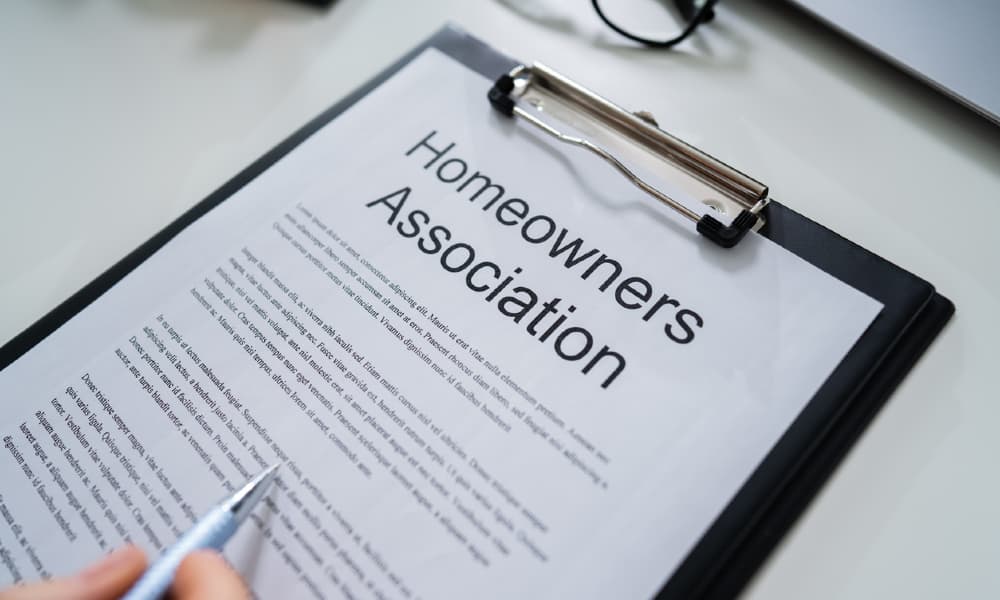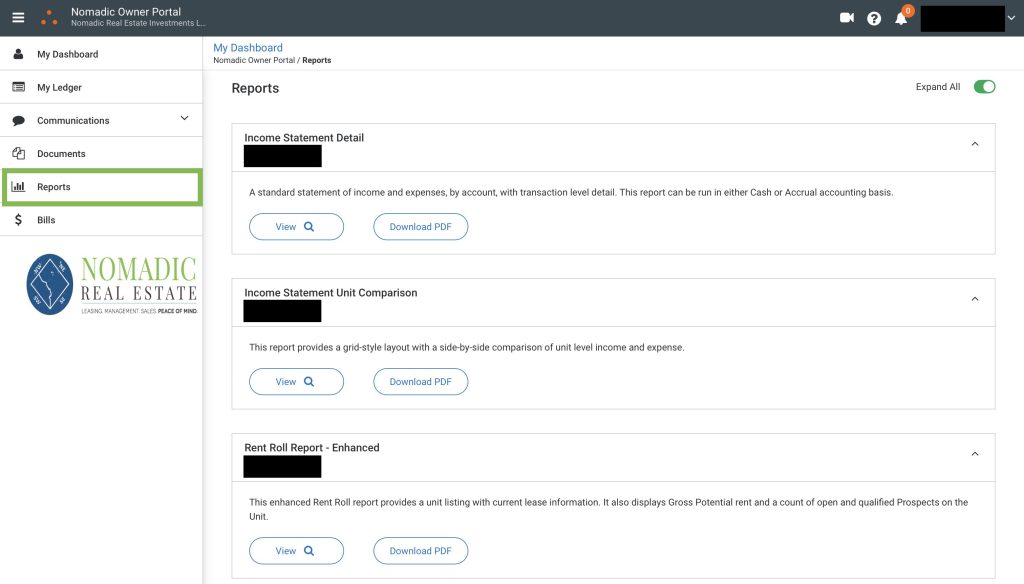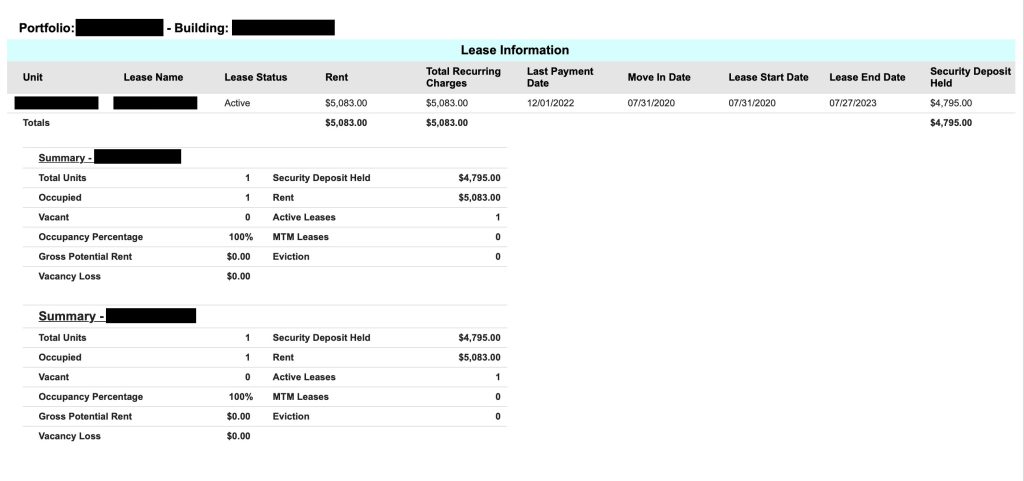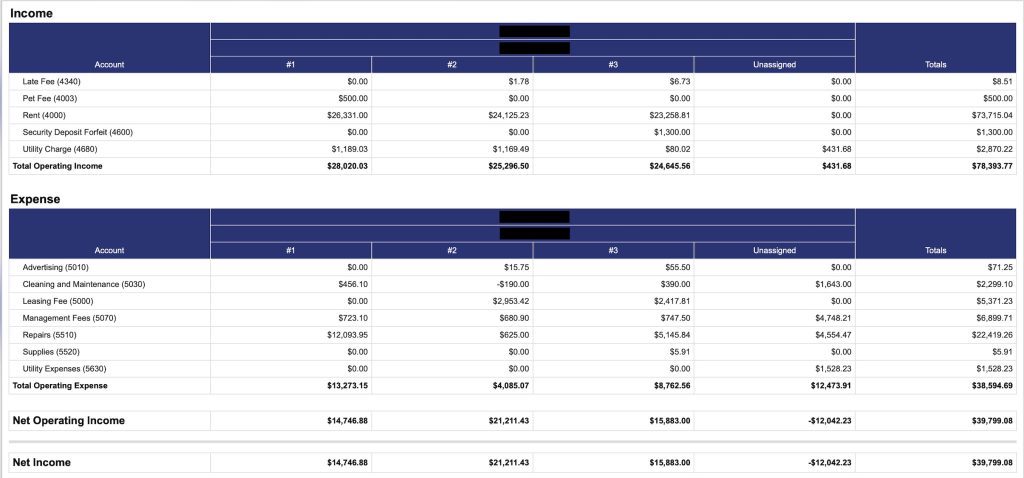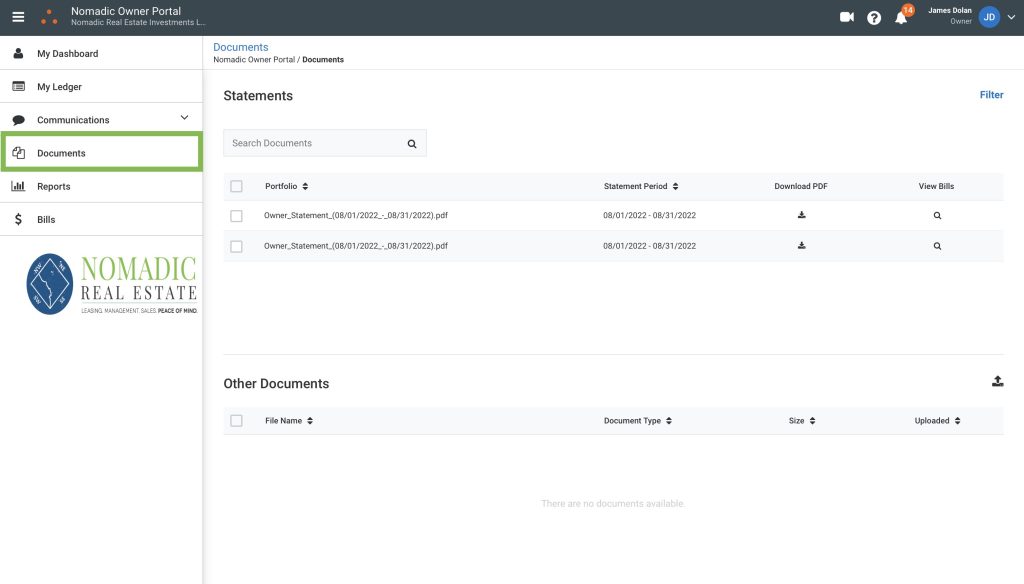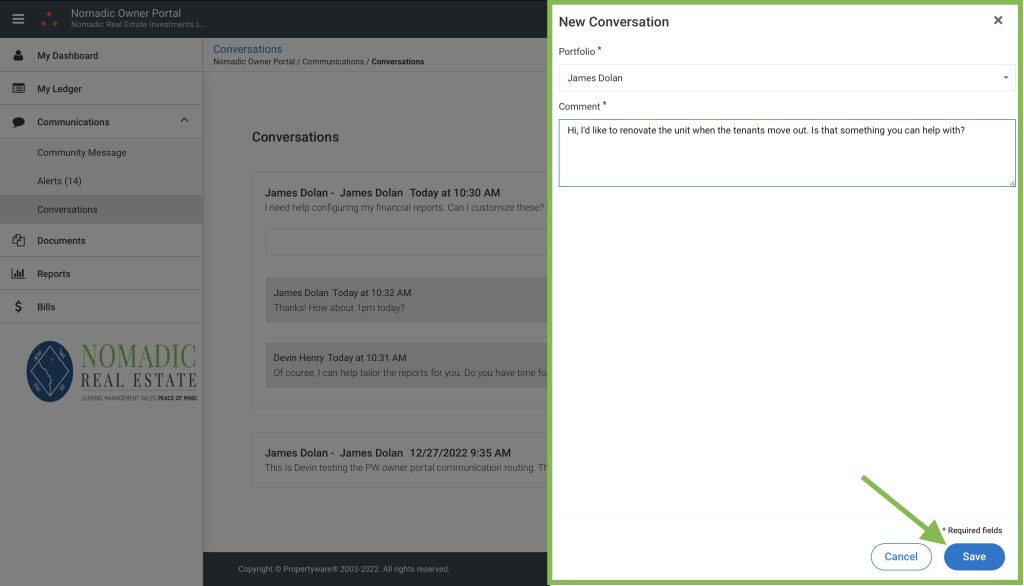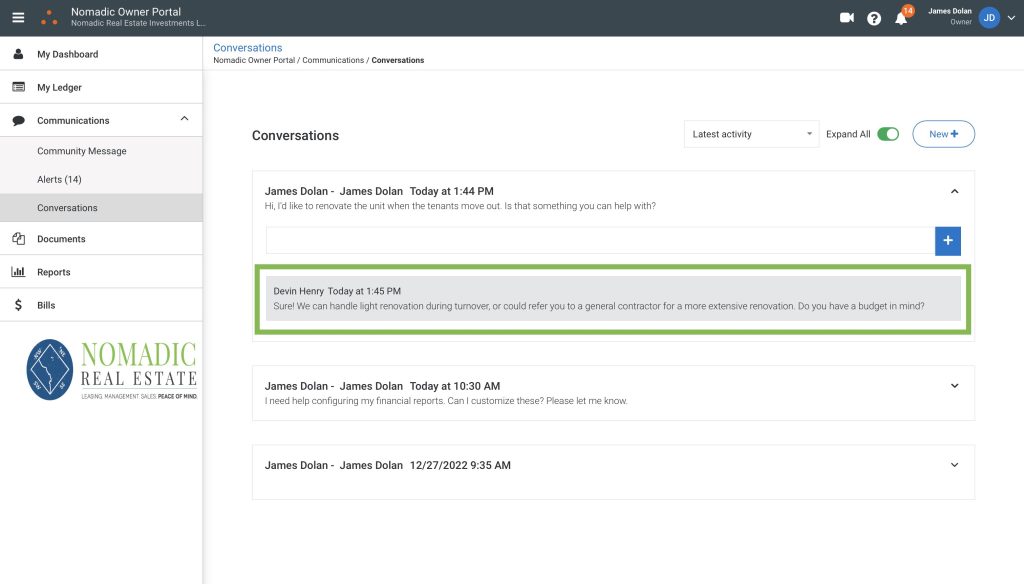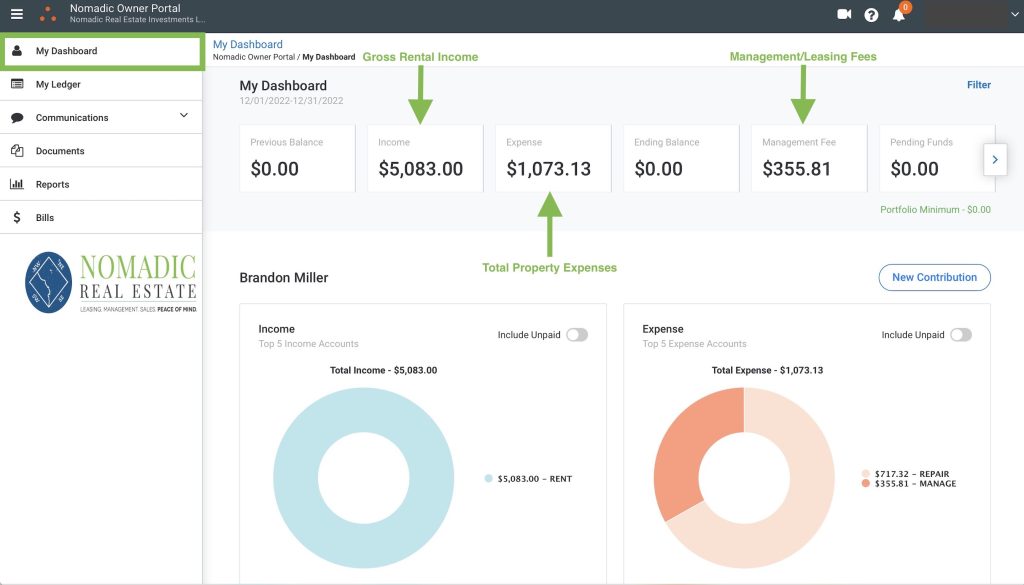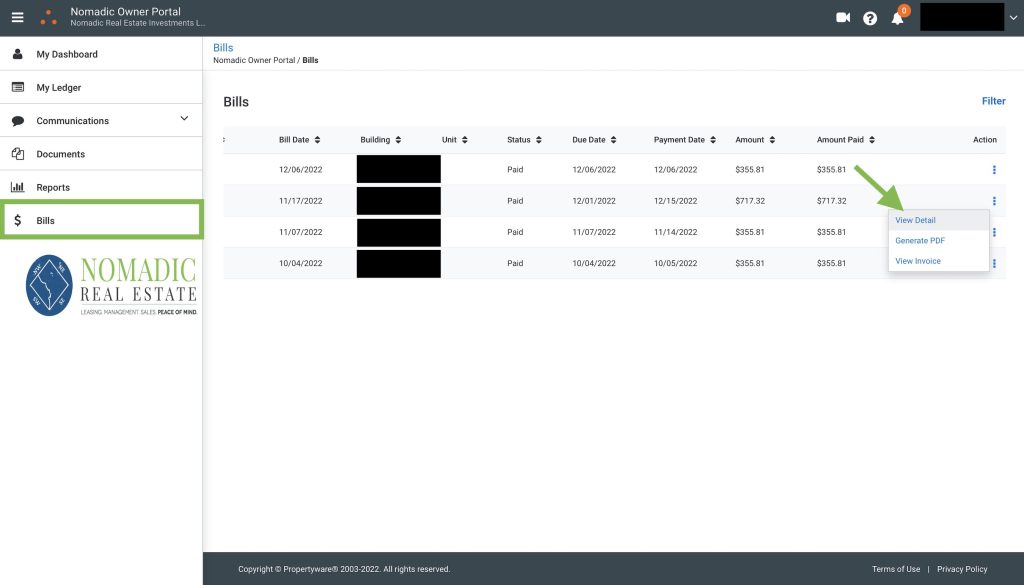Moving into a new place comes with anticipation and the promise of a fresh start. Still, sometimes, that excitement turns to dread when you realize your new landlord neglects their responsibilities.
What do you do when communication breaks down and essential repairs go ignored? That is when knowing how to report your landlord for negligence becomes essential. Dealing with a negligent landlord can make your living situation stressful and, in some cases, unlivable. But the good news is you have rights as a tenant, and this post is all about equipping you with the knowledge and tools to take action.
By understanding the process of how to report your landlord for negligence, you can try and make your home a safe and comfortable space.
Key Takeaways:
- Know Your Rights: Understanding local landlord-tenant laws and your rights as a tenant is crucial before taking action against a negligent landlord.
- Document Everything: Keep detailed records, including photos, videos, and written communication, to build a strong case if the situation escalates.
- Start with Communication: Attempt to resolve issues directly with your landlord through a formal complaint letter before involving external authorities.
- Reach Out to Local Agencies: If communication fails, contact relevant local agencies, such as the housing authority or health department, for further assistance.
- Consider Legal Action: If necessary, seek legal advice to explore your options, especially if the situation remains unresolved after contacting local agencies.
Understanding Landlord Negligence
Before you report a landlord, you should know your rights. Familiarizing yourself with local ordinances and tenant rights can protect you in the long run. Each state and even city may have its own specific rules. Local ordinances and landlord/tenant laws cover everything from security deposit amounts to deadlines for repairs.
Websites such as HUD can also be a great resource about renters’ rights and legal aid available in your state.
Common Signs of Landlord Negligence
Landlord negligence comes in many forms, but here are a few common examples:
- Ignoring Necessary Repairs: From leaky faucets that disrupt your morning routine to broken appliances that impact your daily life, neglected repairs are a major red flag.
- Ignoring Pest Infestations: Nobody wants uninvited guests, especially when those guests are rodents or insects. A landlord ignoring a pest infestation is unacceptable.
- Allowing Mold to Flourish: Mold isn’t just about aesthetics; it can pose serious health risks. The landlord should deal with it quickly and effectively.
- Disregarding Safety Hazards: Faulty wiring, broken stairs, or other safety issues should be a top concern for the landlord and the tenant.
- Breaching the Lease Agreement: This can include anything from entering your rental unit without proper notice to failing to provide essential services promised in the agreement.
Taking Action: How to Report Your Landlord for Negligence
Communication with your landlord is the first course of action when issues arise. It is important to document all interactions with your landlord from the get-go, preferably in writing, in case things escalate. This provides evidence and a timeline of the situation.
Send a Formal Complaint Letter
A formal complaint can be sent through a carefully worded letter or email outlining the issues. Be sure to mention how these issues affect your ability to live comfortably and safely. If the initial attempt to resolve the issue with the landlord doesn’t bring about any positive changes, it is time to contact the relevant authorities.
Reach Out to Local Agencies
If relevant, research local agencies, such as a housing authority, tenants’ union, or even the health department. Depending on your location and specific concerns, several departments may be equipped to handle the situation.
- Local Housing Authority: This is the first line of defense for most tenants who experience negligence. Contacting the housing authority or a similar organization can connect you with resources or help you file an official complaint form.
- Tenant’s Union: Many areas have tenant unions that advocate for tenants’ rights. These unions can be invaluable when navigating legal processes.
- Health Department: This option applies if the landlord’s negligence leads to unhealthy or hazardous living conditions. A hazardous living condition may be something as extreme as no heat in the dead of winter. The local health department can investigate the living conditions, especially if they violate health codes, and can put pressure on landlords to fix issues.
Document Everything
Throughout this process, meticulous documentation is key. This documentation is important because you want to be prepared in small claims court should it escalate to that.
- Taking photographs and videos of the issues.
- Keeping a record of communication, like dates of phone calls, copies of letters or emails, and notes of in-person conversations with your landlord about any problems.
- Saving receipts for any expenses you paid out of pocket if you made repairs yourself.
Consider Legal Options
Sometimes, the best route to resolution is through the court system. If your efforts haven’t led to positive changes, seek legal advice about your options. An attorney can provide insights specific to your location and situation. For example, there may be specific rules regarding rent stabilization in your area, and an attorney can let you know what your rights are.
Reporting to HUD (For HUD-Assisted Properties)
Tenants living in properties insured or subsidized by HUD have an additional channel for addressing payment concerns or other issues with their landlord. If you are dealing with severe negligence in such a property, remember you are not alone. HUD has a dedicated channel to report landlord negligence and misconduct.
For example, the Multifamily Housing Complaint Line handles various tenant complaints regarding safety, maintenance, or unfair treatment. Tenants of these types of properties should contact their local HUD office for support.
Complaints of housing discrimination are handled by the Office of Fair Housing and Equal Opportunity.
State-Specific Resources
Here’s a quick look at some state-specific resources, especially in locations with large tenant populations:
| State | Agency or Resource | Contact |
|---|---|---|
| California | The California Civil Rights Department of Fair Employment and Housing (DFEH) | Submit a complaint in various ways. Email the department or download the housing intake form. |
| New York | New York City Housing Preservation and Development (HPD) | Submit your report on their website or find specific instructions regarding issues like mold here. |
Stand Up for Your Rights: Reporting Landlord Negligence
Remember that while you might feel helpless against landlord negligence, it is far from the truth. They have legal and moral obligations to their tenants. Knowing how to report your landlord for negligence is an essential aspect of advocating for yourself and ensuring a comfortable and secure home environment.
Be persistent in your pursuit of having a livable home, and don’t let neglect turn your living situation into a nightmare. Hopefully, you can maintain a good tenant/landlord relationship, but you must know your rights if things go south. If you have any questions, contact us.


